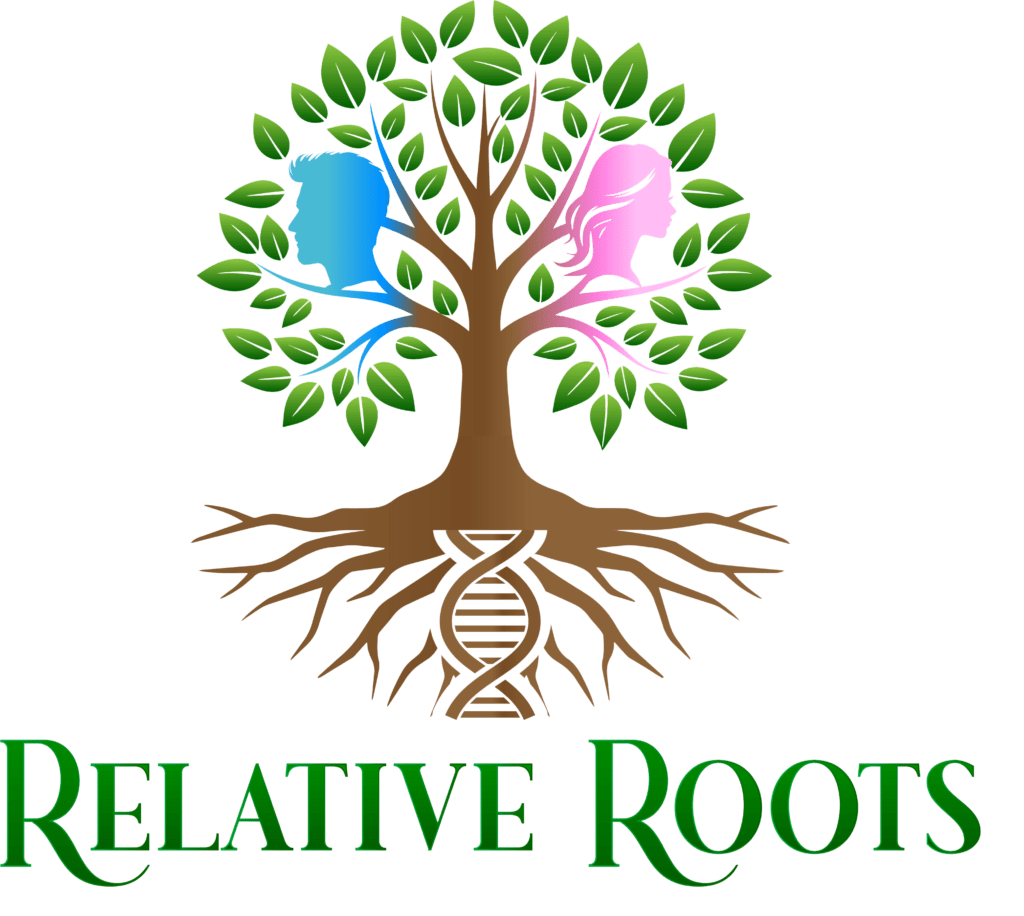For anyone tracing their roots in Canada, understanding the country’s wealth of genealogical records is key to uncovering detailed and meaningful family stories. Here’s a guide to help you get started with Canadian genealogy records:
- Vital Records: Birth, Marriage, and Death (BMD)
Vital records are essential for any genealogical project. In Canada, each province maintains its own BMD records, so knowing the province where an event took place will make it easier to access these documents. Many provincial archives, like those in Ontario or British Columbia, offer online databases with free access to historical BMD records. Keep in mind that privacy laws might restrict access to certain documents based on their age. - Census Records
Canadian census records, available every 10 years from 1851, provide a wealth of information, including names, ages, birthplaces, and occupations. Censuses from 1921 and earlier are accessible through websites like Library and Archives Canada (LAC) and Ancestry. Census data helps create a snapshot of a family at a given point in time, allowing you to track location changes and family growth. - Immigration and Passenger Lists
Canada has long been a destination for immigrants, and records of their arrivals are preserved in immigration documents. The Passenger Lists Index, accessible via the LAC and various genealogy sites, includes information about those who arrived by sea from 1865 to 1935. This can be a valuable source for understanding when and how your ancestors arrived in Canada, as well as their original destinations. - Land and Property Records
Land records offer insight into where your ancestors settled and whether they owned property. Canada’s land records are maintained by provincial archives and often include grants, homesteads, and property transactions. These documents are particularly helpful in rural areas where families may have stayed in one place for generations. - Military Records
Many Canadians served in the military, and their service records often provide valuable details. World War I and II service records, as well as earlier militia records, are accessible through LAC and are a useful way to confirm family members’ participation in historical events. Military records often contain personal information, such as place of birth, next of kin, and physical descriptions, which add depth to your family story. - Church and Parish Records
Before civil registration, church records were the primary source of BMD information. Many churches kept meticulous records, which can now be found in provincial archives or online databases. Catholic, Anglican, and Presbyterian churches, in particular, have extensive records dating back to Canada’s earliest days. Church records can be invaluable for tracing families in early Canadian history. - Newspapers and Obituaries
Newspapers often provide personal details not found in official documents. Obituaries, marriage announcements, and local news items can reveal connections, stories, and even photographs. Digital archives of Canadian newspapers are available through subscription services like Newspapers.com or free platforms like the LAC’s newspaper collection.
By diving into these essential Canadian records, you’ll uncover pieces of your family’s history that might have otherwise been lost. Each record type contributes a unique layer to your family tree, creating a richer, more detailed account of your heritage.
